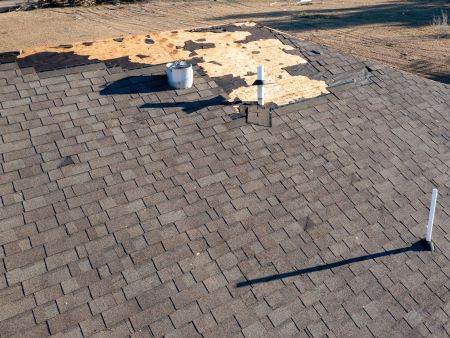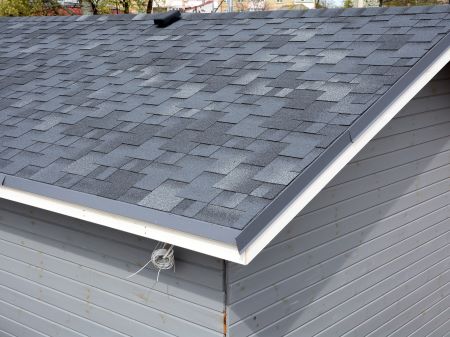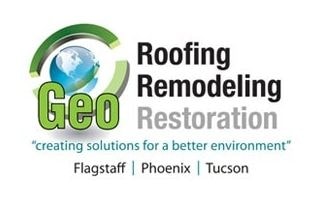A Licensed Roofing Contractor You Can Rely On


At Geo Roofing, we understand how stressful roofing issues like leaks or damage can be. As a trusted leader in the roofing industry, we provide expert residential roofs and commercial roofing services that property owners in Phoenix depend on. Partnering with us means working with a team that delivers timely results, respects your space, and brings decades of experience. Plus, all our work is backed by both product and labor warranties. It’s no surprise we’re the trusted choice for roofing services across the area.
Got a Leaky Roof?
A roof leak repair can’t wait—no matter how small the issue may seem, delaying repairs can lead to costly damage over time. Whether it’s a minor leak or major damage caused by storms or climate conditions, our team is ready to help. We’ll perform a thorough inspection, locate the source of the problem, and repair it using top-quality materials.
Expert Roof Repair Services
Our highly trained professionals bring years of combined experience in addressing a wide range of roofing services, including:
- Repairing worn or damaged shingle roofs
- Replacing missing asphalt shingles or tiles on tile roofs
- Fixing damaged or cracked caulking and flashing
- Repairing broken flashing seals
- Patching wooden shake shingles
No matter the types of roofs, we’ve got the expertise to restore them to top condition.
Free Estimates from a Professional Roofer
If you’re unsure about the condition of your roof, call us for a free, honest roofing estimate. We’ll help you make informed decisions about your roof’s needs without pressuring you into unnecessary services.
Roof maintenance and high-quality repairs can extend the life of your roof, but no roof lasts forever. Over time, factors like climate conditions and natural aging make a complete roof replacement inevitable. Don’t wait for potential issues like storm damage or leaks to escalate—address them now to protect your property’s structure.
Why Choose Geo Roofing?
Choosing the right licensed roofing contractor is critical. Here’s why so many choose Geo Roofing for their repair and roof installation needs:
Cost-Effective Roofing Services
We understand the financial stress of repairs or replacement. That’s why we offer free quotes with fair prices, ensuring you know exactly what to expect—no surprises.
Help with the Claims Process
Struggling with insurance? We’ll guide you through the claims process, working directly with your insurer and providing all necessary documentation to ensure your claim is handled smoothly.
High-Quality Materials and Workmanship
From shingle roofs to flat roofing and metal roofing, we use only the best materials for long-lasting results. Our experience spans all types of roofs, so you can trust us to deliver superior craftsmanship.
Professional and Reliable Service
As a BBB A+ accredited business, we are committed to excellence. Our clients praise us for our professionalism and responsiveness—check out our five-star reviews!
Timely Completion of Projects
We understand the urgency of roofing repairs and installations. Our team provides accurate timelines and ensures your project is completed as promised.
Emergency Roof Repair Services
Roofing emergencies often occur at the worst times. Whether it’s damage from a fallen tree limb, fire, or severe storm, our team is ready to provide immediate repairs. We’ll also help you navigate the insurance claims process to restore your roof as quickly as possible.
Reduce Energy Costs with High-Quality Roofing
Properly installed and maintained roofs can improve energy efficiency, helping to lower your utility bills. Whether it’s a new roof for industrial structures or regular maintenance for residential roofs, Geo Roofing ensures your roof meets your needs while protecting your property from rising energy costs.
Contact Us for All Your Roofing Needs
With expertise in everything from roof maintenance to complete roof replacement, Geo Roofing is your go-to solution for any roofing issues. If you have additional questions, need a roofing estimate, or want to discuss your options, don’t hesitate to call our friendly team today!






















